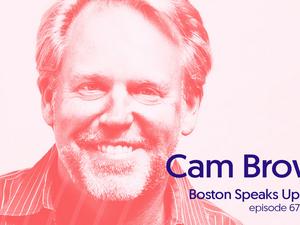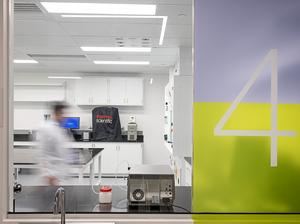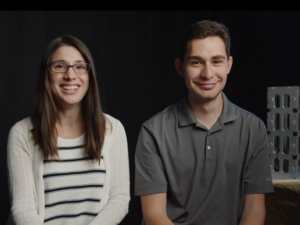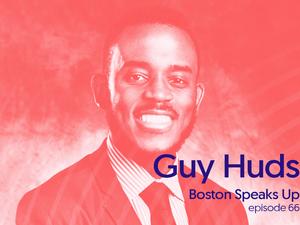
In January 2017, we called it "Uber, but for hospital managers." Now, Mike Wood would prefer you refer to his startup as an "aggregator," one designed to connect nurses with health care facilities basically on demand.
"Look at how you used to book flights, before KAYAK and Orbitz came along," Wood said. "You'd contact American [Airlines] or Delta to find the right flight at the right price at the right time. Then, people got smart, and technologies came along to find the right flight for you, sifting through different data points and presenting them in a way that is digestible. I believe we do the same thing for nurses."
Wood's startup is a platform called connectRN, designed to bridge the long-existing staffing gap between nurses and hospitals (plus other care facilities, like assisted living centers). Registered nurses can sign up on connectRN and—once they submit documents, take a checklist and "competency quiz" and, if hired, receive training on how to use the software—use an app to sign up for open shifts listed by health care facilities on the platform. On the facilities side, staffing managers can track open shifts and review nurses' requests to fill them.
Wood co-founded connectRN with Idriz Limaj back in 2014, when it existed as "sort of a side hustle," he said. It wasn't until the end of 2017 that connectRN began working with clients. Wood now heads up the company as CEO; Limaj is listed as a founder. Four other people work at the startup in high-level roles.
To date, connectRN has disclosed just over $11.5 million in equity and debt. The money comes from a variety of angel investing rounds. The latest one, Wood said, was a Series A round led by Jeffery Boyd, former CEO and current chair of Priceline. That money will allow Waltham-based connectRN to expand nationally.
"We currently have 1,000 nurses working for us," Wood said. "We've identified 50 markets across the United States that have facility density and population density to support a model like ours. Our goal is to expand to all 50 of those. At the same time, we are mainly in the long-term nursing home space right now. Our goal is to push up into the acute care space and help hospitals build out and manage resource pools that we can spread across metro markets."
One of the nurses working for connectRN is Chukwuebuka "Chuck" Mochaauchefuna. He's based in Baltimore, and he communicates with the other 999 (or so) nurses in the connectRN network through an internal Facebook group for clinicians called connectRN Circle. But for Mochaauchefuna, who has worked as a nurse for nearly a decade, the focus is on his patients.
"The thing I like about working with [connectRN] is that it's all about helping the residents," Mochaauchefuna said. "They help play a very vital role, to [find nurses] to cover when places are short. One of the big challenges is to find high-quality workers."
In Baltimore, connectRN seems to have really caught on: Mochaauchefuna estimates that at some facilities, 70 percent of the workers are connectRN employees. That makes sense, given America's current nurse staffing shortage. In 2018, the American Nurses Association estimated there would be more registered nurse jobs available through 2022 than any other profession in the country. The same year, the Bureau of Labor Statistics projected 1.1 million additional nurses would be needed to avoid a further shortage. Employment opportunities for nurses are projected to grow at a faster rate than all other occupations through 2026. connectRN, Wood thinks, can bridge the gap in the meantime by making sure hospitals can fill open shifts with nurses on the platform—rather than, say, requiring their own staffers to work overtime, which comes with its own set of dangers.
Even though the next step for the startup will be a focus on national expansion, Wood likes having connectRN based in Greater Boston—the international hub for health care with an engaged innovation economy to boot.
"When you think about healthtech, I think Boston does a really good job marrying the two," Wood said. "We obviously have the health care space. I believe on the technology side, we also have a great base of innovators—Harvard, MIT, [Worcester Polytechnic Institute], etc.—it makes for a good ecosystem. We also have a good mix of funding partners. When you bring capital and innovation and institutions together, like we have here in Boston, it makes for a good mix."








